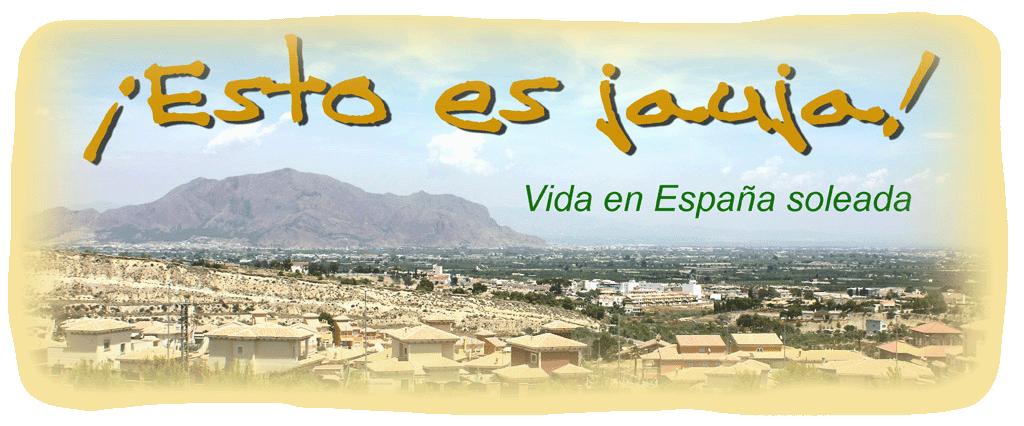A chilling account by Pascual Segura.
On the night of June 26, 1885, a frightful event disturbed the calm of a Bigastro inhabited by something more than fifteen hundred souls.
While the shadows painted the Bigastrense night and their neighbors slept, from an old alley emerged a heartrending cry that tore the sleep from its peaceful neighbors. It was the crying of a neighbor, who had just witnessed the death of her ill husband.
His death was added to that of a neighbor who died that same week, both of whom died from a strange illness that caused intestinal discomfort in the first place, continued with severe diarrhea that ended up causing total dehydration, and finally death.
The next day the neighbors buried the body of the deceased in the old cemetery of the Cross, where it was rumored that four other neighbors had begun to suffer the same symptoms as the recently deceased. The next week the four sick neighbors died and were also buried in the same place.
With six deaths in just two weeks, terror seized the bigastrenses, who saw in the disease and death to which they were subjected a fierce punishment from God.
Disoriented and frightened, some neighbors gathered around the Plaza de la Iglesia, where they discussed what to do. They decided to carry out a commission to provide spiritual and humanitarian support to families who had suffered losses. And in this way the newly founded commission, presided by D. Juan Pérez, parish priest of the Parish of Our Lady of Bethlehem, toured the bigastrense street vendor collecting alms and offering songs and masses to those families who had suffered the effects of severe divine punishment.
The daily tour of the commission through the streets of the town ended at the Plaza Ramón y Cajal (Álvaro's door), where they held a mass in the now-defunct Hermitage of the Holy Sepulcher. In that square all the people were gathered, pleading for mercy to heaven that mercilessly sent him such a cruel condemnation.
Days later the rumors of sick neighbors returned. On this occasion there were eight, who died shortly after. Bigastro added fourteen deaths in just one month, and would not be the last, because there were six more patients.
After the last funeral of the fourteen, the frightened bigastrenses crowded to the doors of the church, asking for divine clemency and something else ... they wanted the patrons of Bigastro walking the streets of the town, so that they could cleanse of death, illness and fear the bigastrense streets.
They entered the church and descended from their altars to the Virgin of Bethlehem and San Joaquin. They took them to the square and from there they went through entreaties, bitter chants and tears all the streets of Bigastro. They stopped in front of the houses of the fourteen mortal victims, and also in front of six more houses, because the divine condemnation continued its unstoppable work, that of killing without mercy.
The employers returned to the church, and shortly after six more bigastrenses died. Twenty-two deaths in just two months. It was cholera. A disease that was especially bad in Bigastro due to the poverty, hunger and lack of hygiene existing in the town.
On September 10 of the same year, the Civil Governor of Alicante sent 250 pesetas to the families who had died. Thanks to the help the hygiene of the municipality was improved gradually, especially the one of its waters, and the disease stopped tormenting Bigastro, town that underwent in that summer of 1885 one of the most devastating events of its history.
Wednesday, November 01, 2017
Subscribe to:
Post Comments (Atom)

No comments:
Post a Comment